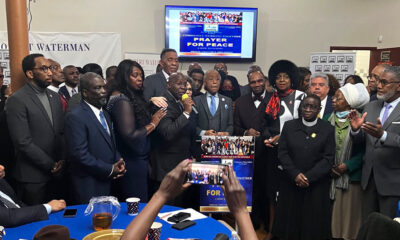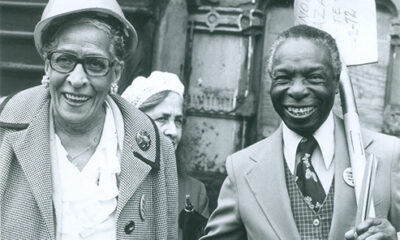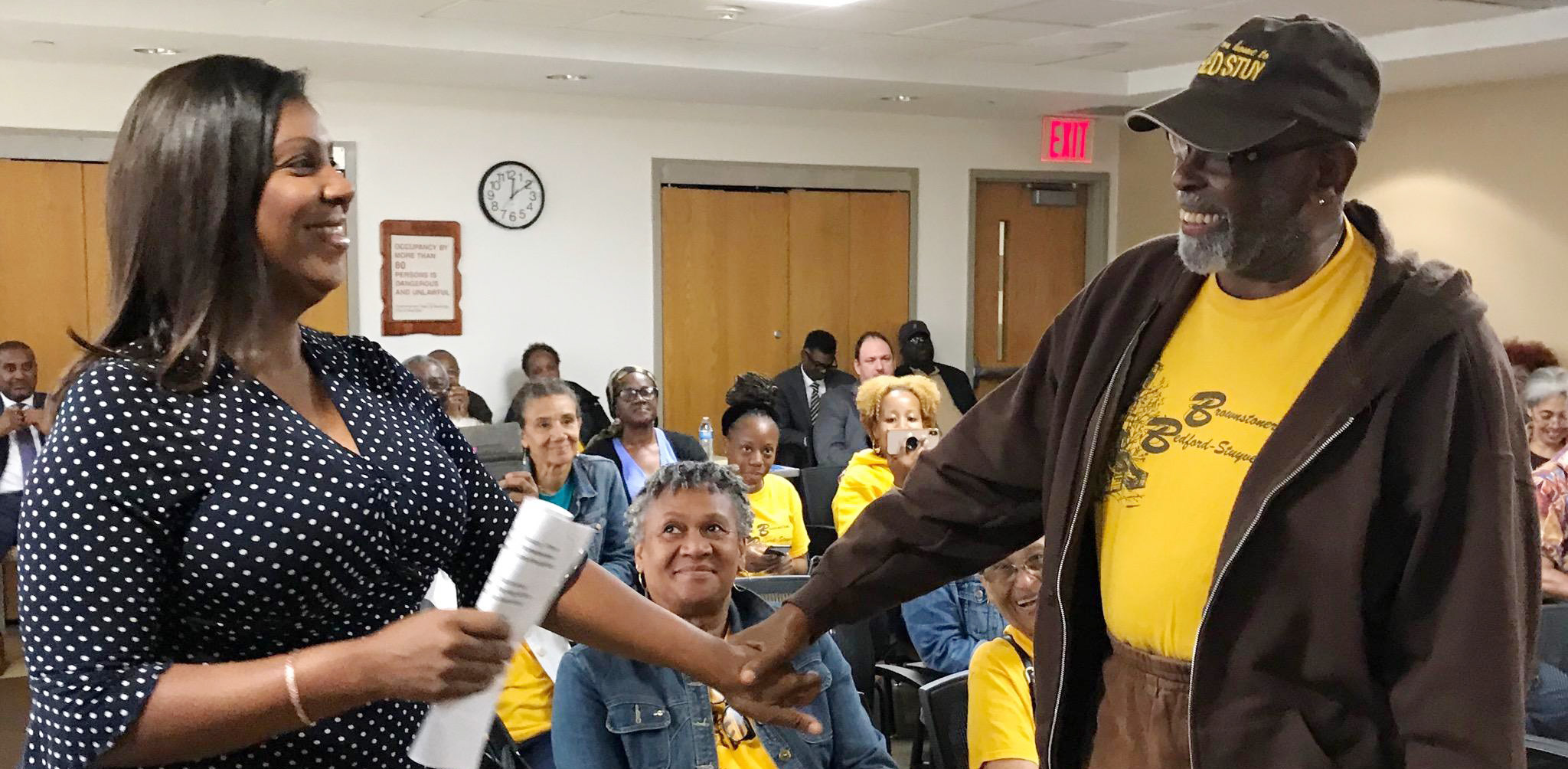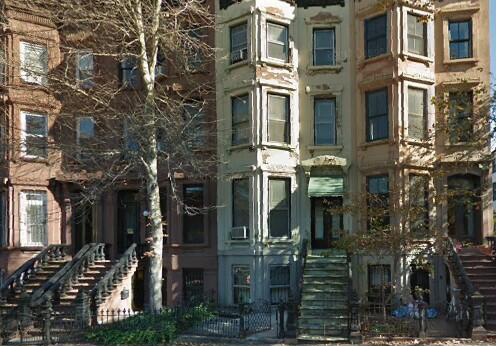Community News
Citywide African Burial Grounds Gain Recognition
East New York Signs Unveiled; Harlem site plaques approved by City…and More!
Can you imagine what it was like to be Black in our city before paved roads were common and ferries were the main way people crossed the river to Manhattan? Famous and emerging open spaces across the city offer answers. A ceremony earlier this month at African Burial Ground Square in East New York attracted national media attention. October also saw important anniversaries in Manhattan while a congressman in the Bronx recognized a similar site there. But don’t sleep on Staten Island: historic Sandy Ground’s founding is contemporary with Crown Heights’ mid-1800s Weeksville community. The stories behind these heritage markers help us imagine a span of time from Dutch colonialism to Harriet Tubman’s pre-Civil War New York. These sacred places of sustained settlements at public parks, cemeteries and even the entrance to a Harlem River bridge help us locate ourselves in history. Let’s explore these great American stories in places like Brooklyn’s Greenwood Cemetery, the Olde Towne of Flushing Burial Ground in Queens, Woodlawn Cemetery in the Bronx, an African Methodist Episcopal church in Staten Island and beyond.
Brooklyn – October 12 marked the unveiling of four signs designating African Burial Ground Square located between New Lots and Livonia Avenues from Barbey to Schenck Streets.
“We are uncovering the history of East New York. Rename, Reclaim, Our History,” rejoiced City Councilman Charles Barron. This block has been known as an early cemetery site for some time. Here you will find Schenck Playground generously planted with trees and appointed with many benches for restful contemplation across from the pastoral beauty of East New York Farms, a community garden. The New Lots branch of the Brooklyn Public Library shares the space and makes reference to the burial ground in a framed historical poster hung in the vestibule.
Queens is already famous as the final resting place of musical icons Dizzy Gillespie and Louis Armstrong. Visiting their monuments at Flushing Cemetery (which is free and open to the public in all seasons) would help you find much older ancestors, too. The Olde Towne of Flushing Burial Ground is a public park just a few feet away and easily visible from Armstrong’s elegant black stone memorial. This former burial site to Macedonia A.M.E. Church (founded in 1811) is showered in autumn colors this time of year. Emblematic of its era, Africans were buried there alongside Native Americans and white citizens not welcomed in old Flushing’s main gravesites. Thanks to the activism of retired actor-singer Mandingo Tshaka, with support from Queens Borough President Helen Marshall and then-City Councilman John Liu, the site was renovated over the last decade with $2.6 million to honor its earlier life.
The Bronx holds at least two sites where African burial grounds lay in part or whole. Confirmed though yet unsigned sites include Van Cortlandt Park (by the landmarked plantation mansion) and Joseph Rodman Drake Park in Hunts Point. There, Congressman Jose Serrano’s office is supporting research on this fragment of a mostly paved and built-over sacred space. University Woods Park, near Yankee Stadium, encompasses or abuts a similar site. Also, Woodlawn Cemetery (like Green Wood Cemetery in Brooklyn) has at least one burial of persons who may have been born into slavery, however, died free.
Staten Island showcases its free pre-Civil War landowning population at Sandy Ground Historical Society and Museum. Their earliest inhabitants are buried at Old A.M.E. Zion Cemetery dating to 1850. This self-sustaining community of farmers started in the late 1820s at a formerly forested high area. Its sandy soil was perfect for superior strawberry-growing which won them regional recognition; walkable access to nearby waters meant economic independence as tenured Black oystermen from Maryland joined the community by the mid-1850s. This community continues to worship at the landmarked Rossville A.M.E. Zion Church.
Manhattan – Have you been following efforts to honor ancestors at the Harlem African Burial Ground? The coalition there has not gotten as much attention as those active at the African Burial Ground National Monument near City Hall, however, they are winning! As at East New York, a similar half-decade march to official designation is bearing fruit. Commemorative plaques have been approved by the NYC Dept. of Transportation for the Willis Avenue Bridge near 125th Street. NYS Senator Bill Perkins, City Councilwoman Melissa Mark-Viverito, local clergy and others champion this sacred site.
The presence of earlier Black New Yorkers at key agricultural, craft and trade sites construes a picture of these Americans as both lively and economically consequential. Their love, music and toil helped lay the foundations of all we enjoy in this city and country. Would you like to go and touch history for yourself? Each site described in this article is accessible by public transportation. These places of remembrance means we are heirs to an eclectic heritage; they tell us New York has been our home for a long time. Every steady step we take today rests on stones well-laid.









